Wednesday afternoon, the fifth period AP Chemistry students participated in a lab activity with an unusual outcome. While most chemistry labs follow the same general procedure – make the substance change, then take notes – Wednesday’s lab was something new.
The students mixed a solution of dextrose, silver nitrate, ammonia and potassium hydroxide and placed it in a clear, glass Coca-Cola bottle (after drinking the contents). Next, they swirled the solution in the bottle for as much as ten minutes.
That’s when the real magic (or chemistry, if you will) started to happen. “The inside of the bottle slowly started turning silver, growing more opaque as the time passed,” said Sofia Ahari, a junior in the class.
Overall, the lab was a hit with students. “The most fun part was definitely watching the glass transform from clear to silver,” said Ahari.
“This lab… is usually a crowd pleaser,” said Chemistry teacher Adam Callanan. “Students get a charge out of taking home a silver Coke bottle.”
AP Chemistry is a year-long course offered for juniors and seniors at MCHS. At the end of the year, students can take the AP Chemistry exam. Prerequisites to take AP Chemistry are Chemistry 1 and Chemistry 2, both semester-long classes.
Throughout the year, the students are given lab activities to work through. “My favorite part about this class has been the variety of labs that we are given the opportunity to do,” said Kaitlyn Thangaraj, also a junior, “Titrations, for example, were really fun to set up and discover our accuracy upon completion.”
Senior Timothy DietrichⅡagreed with Thangaraj that titrations were a highlight, specifically a titration in which students determined the concentration of iron in a vitamin pill. Performing a titration is a lab technique in which students slowly combine two solutions until one changes from an acid to a base.
“Hands-on lab experiences are what separate AP science courses from other classes at the secondary level,” said Callanan. Labs coming up for AP Chemistry during second semester include a nine-volt battery project and the liquid nitrogen lab.
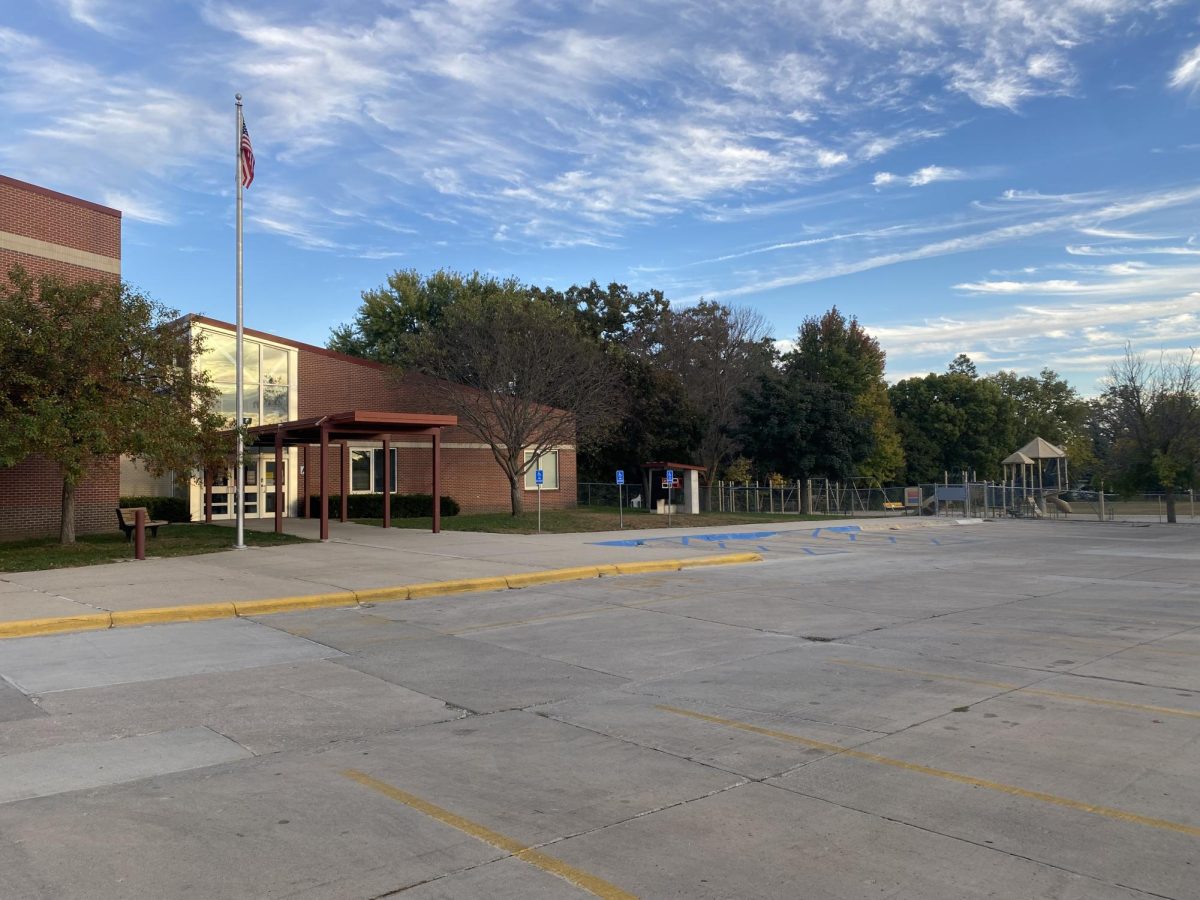

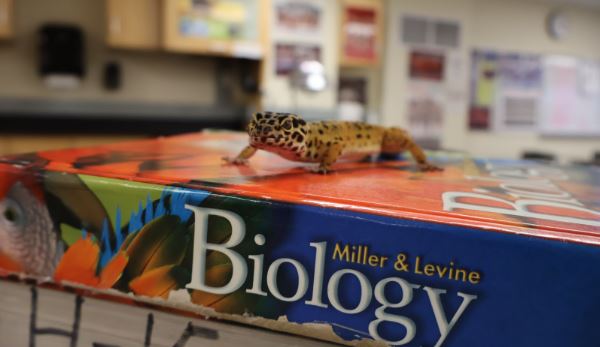
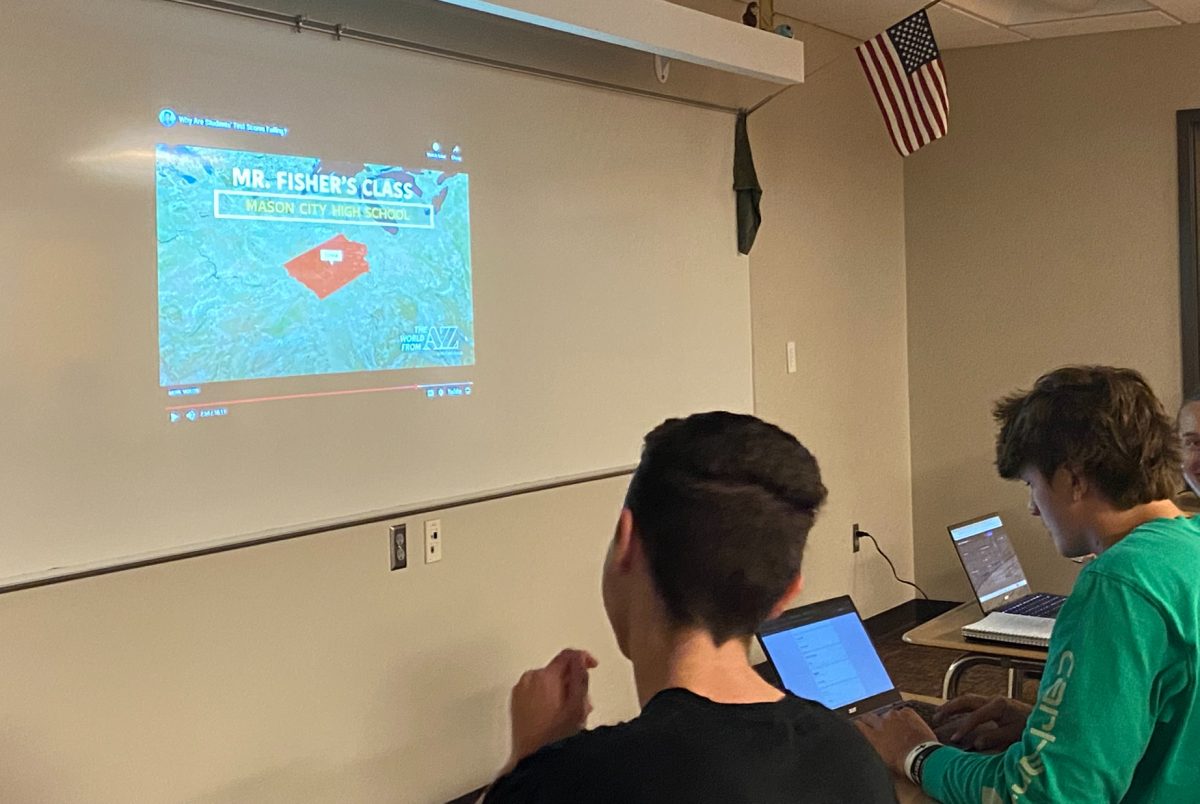
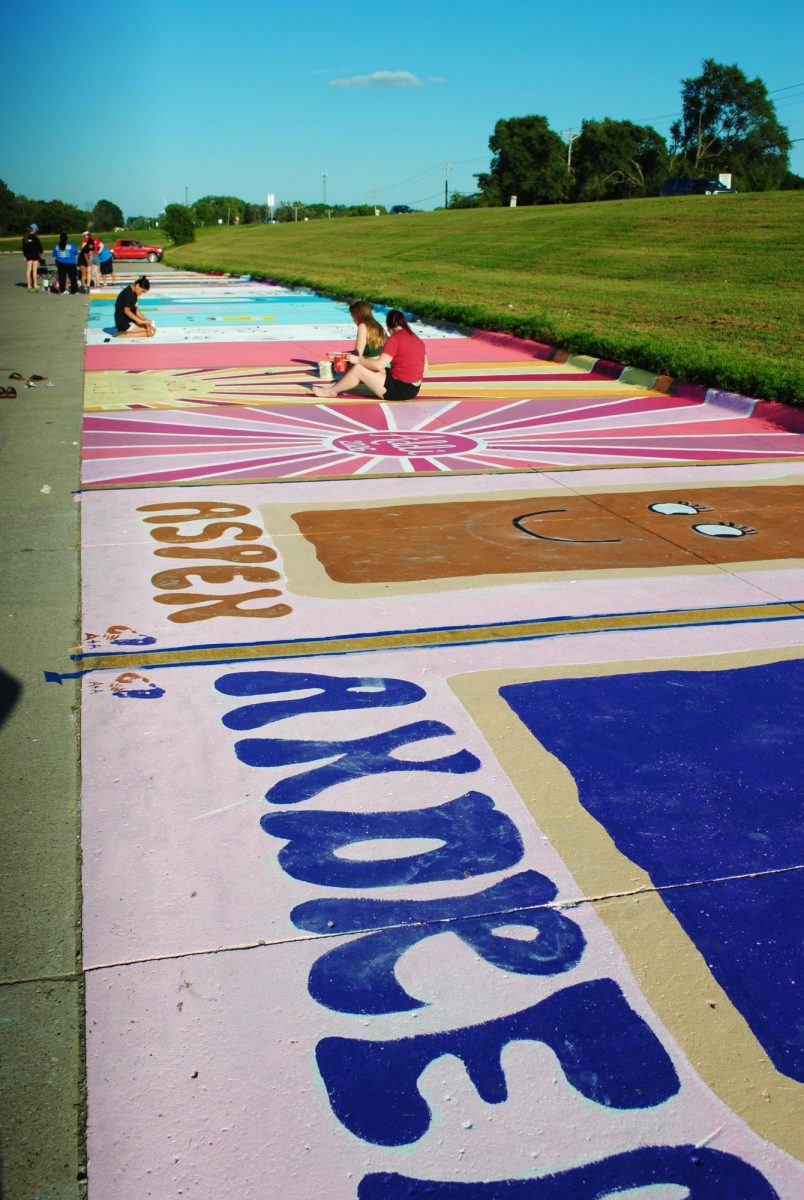
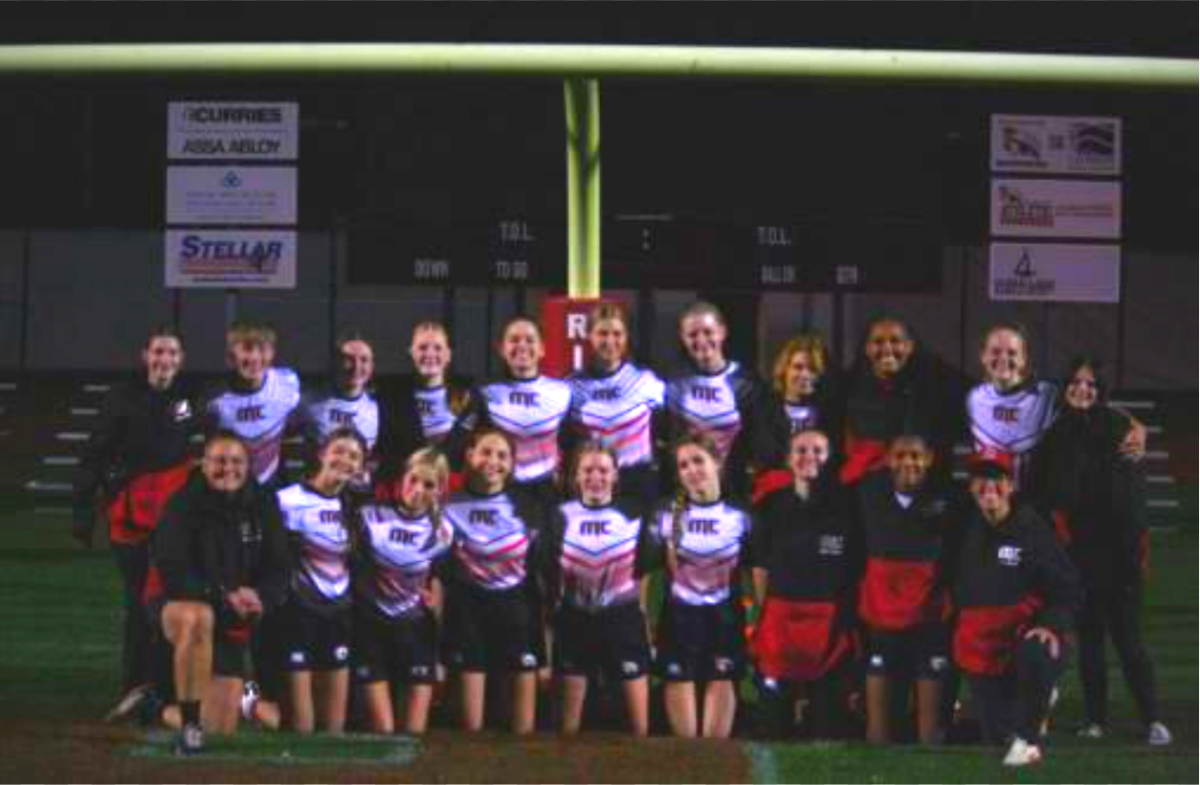
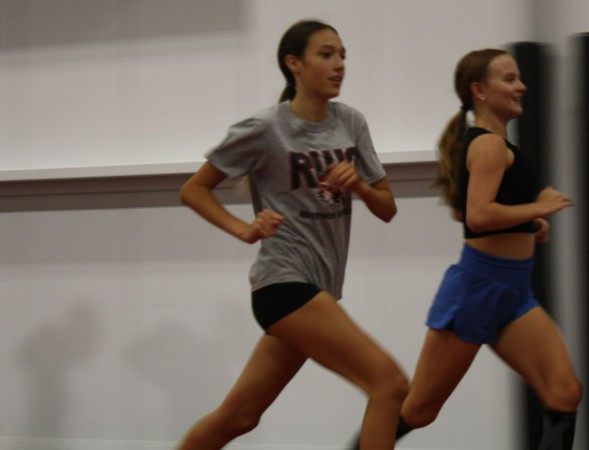
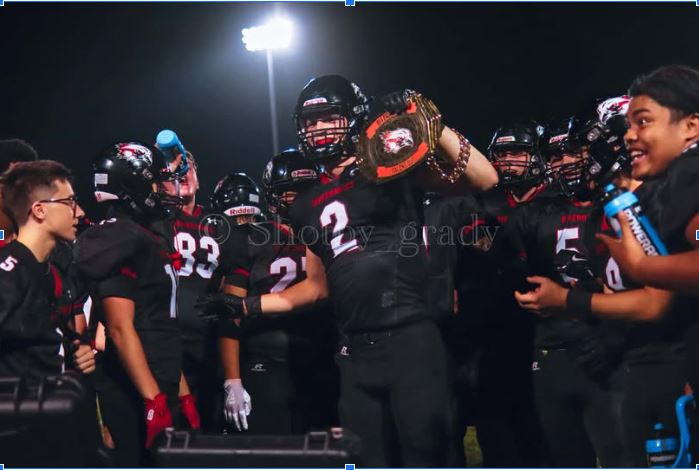
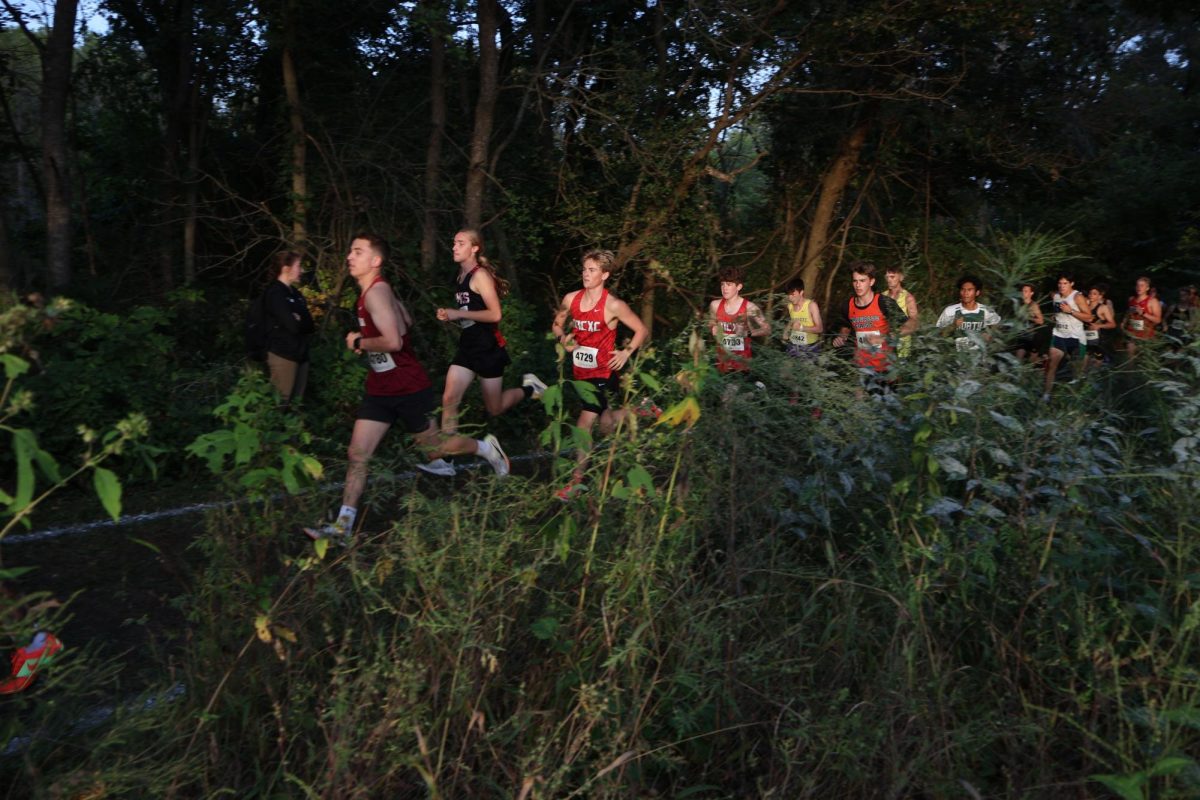
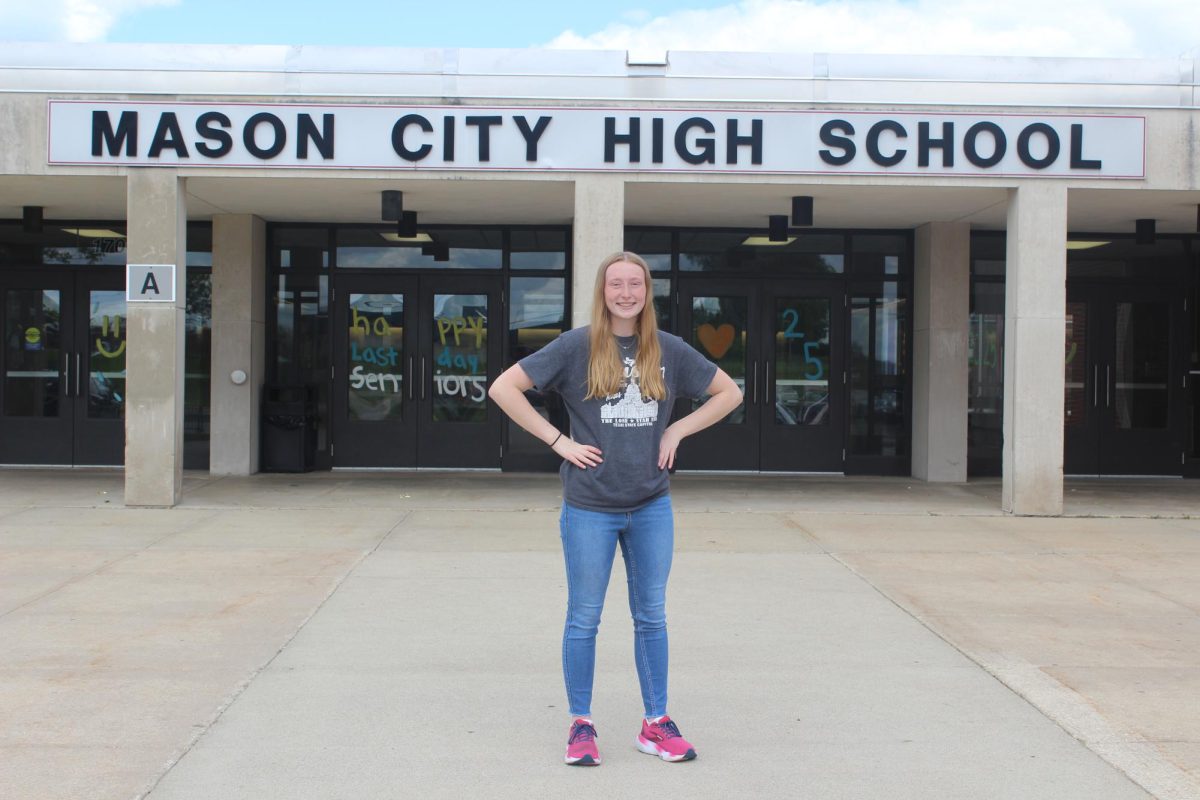
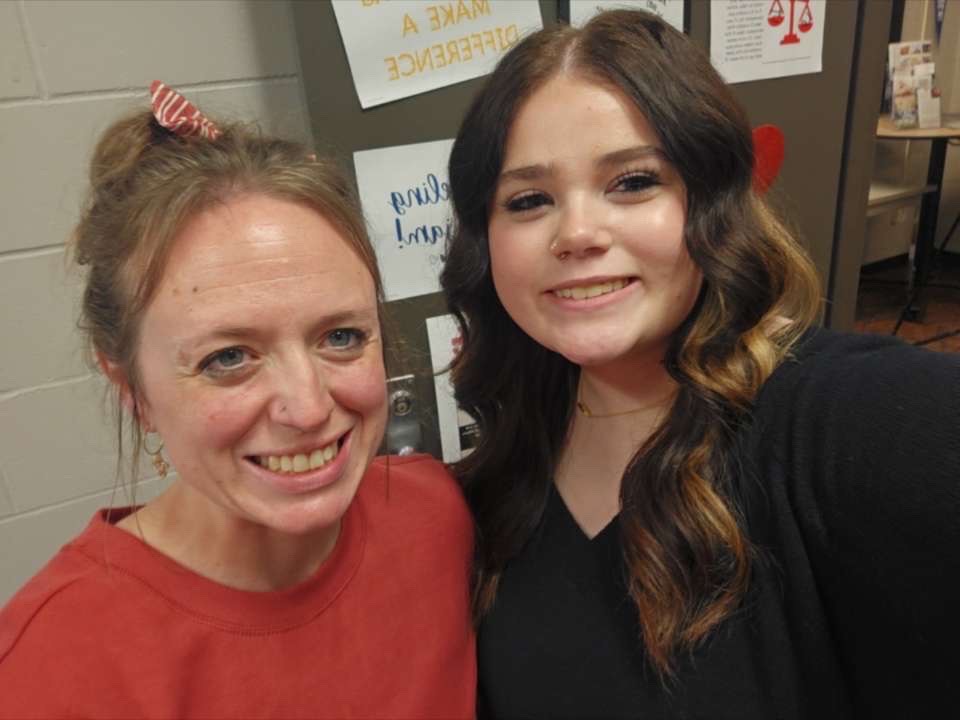
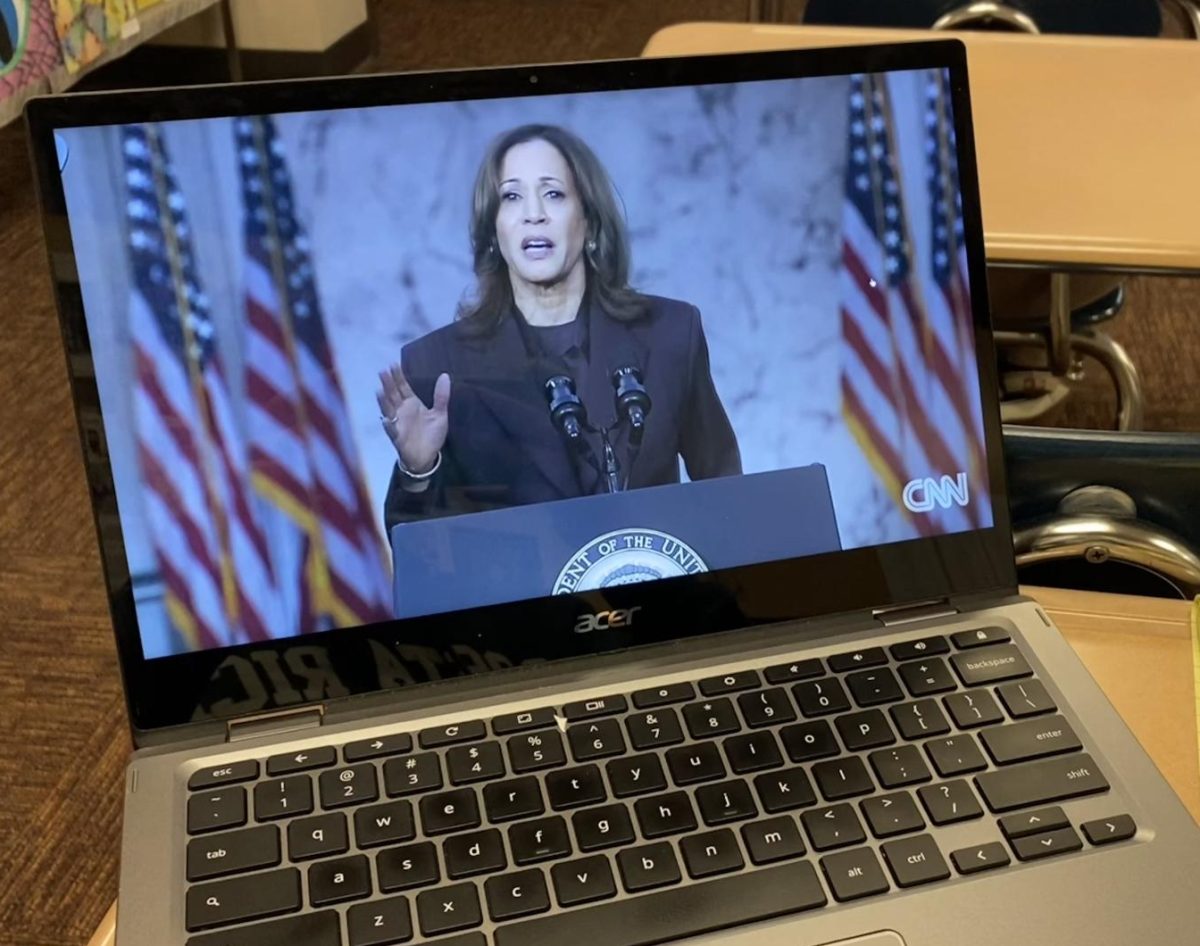
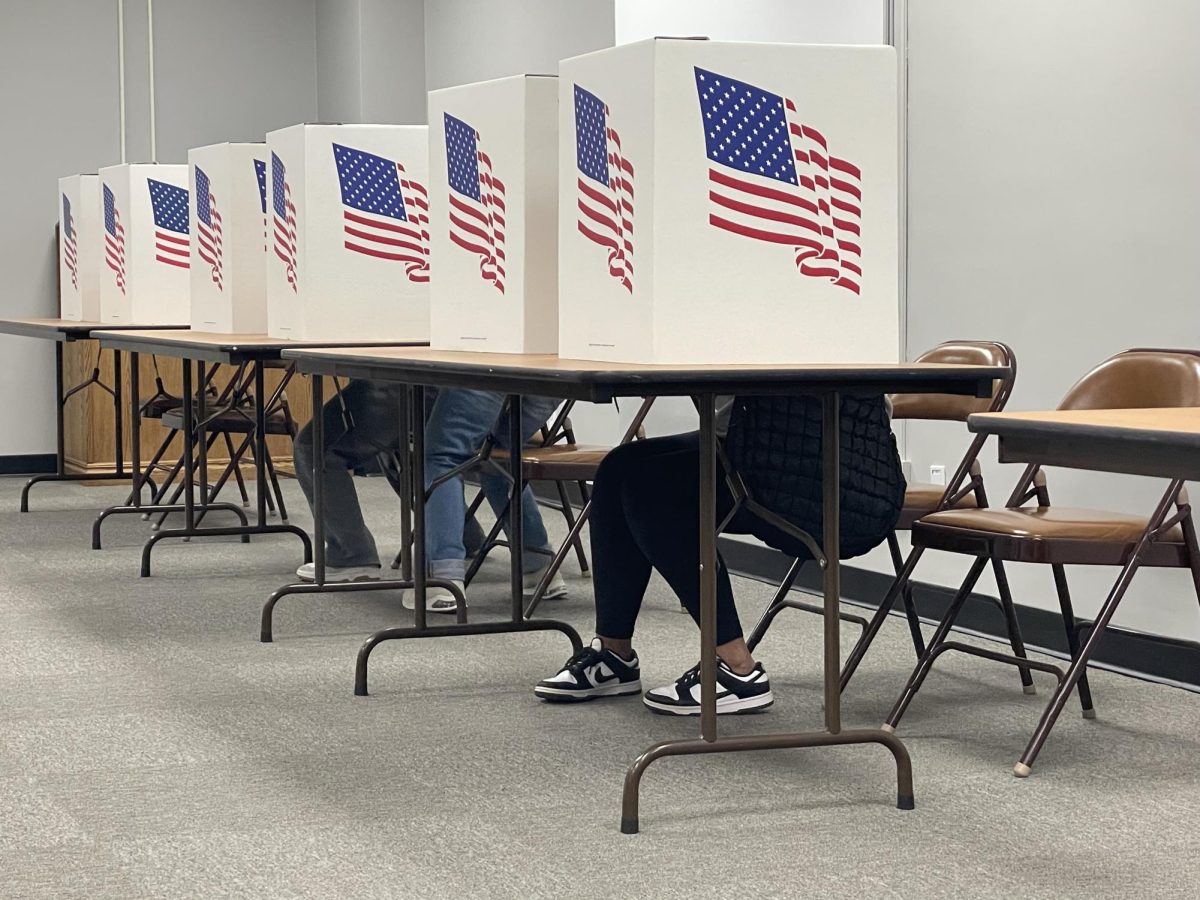
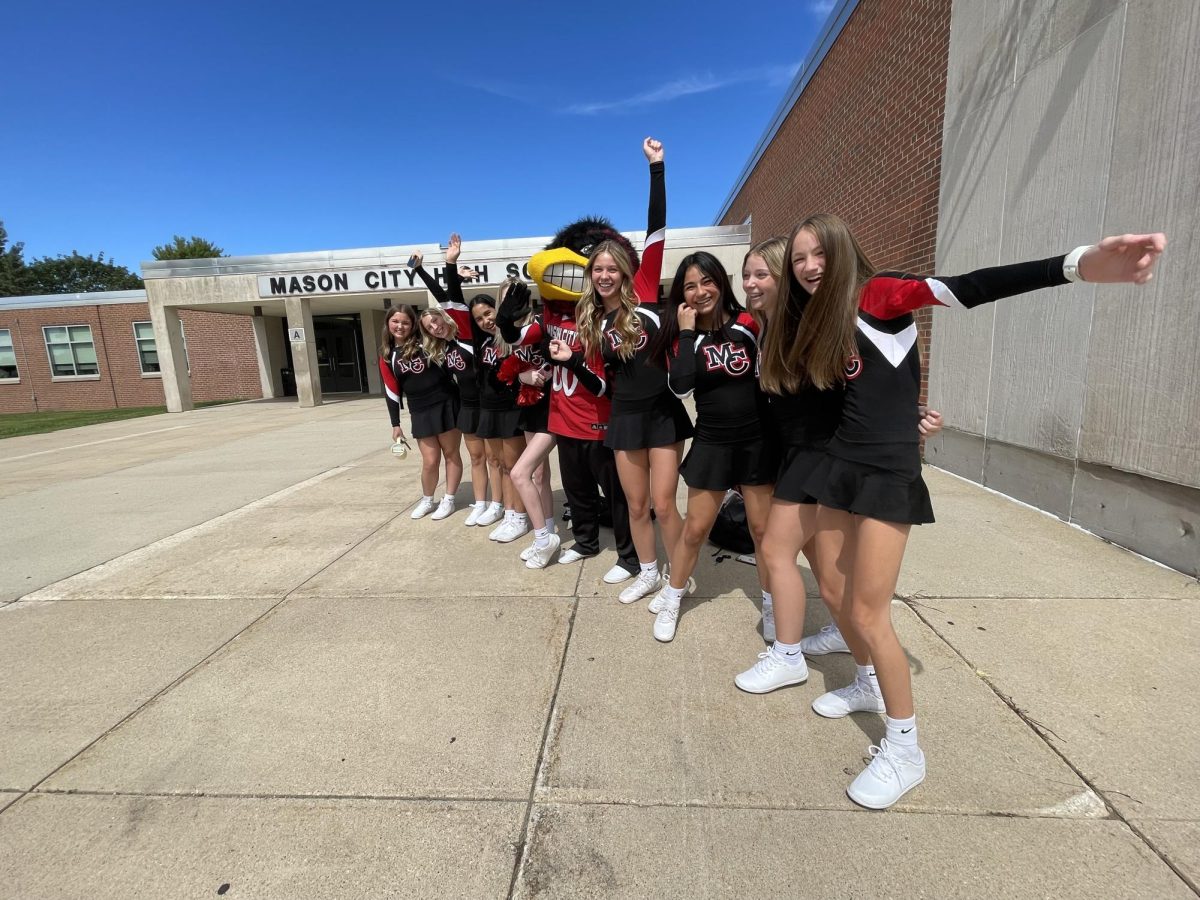
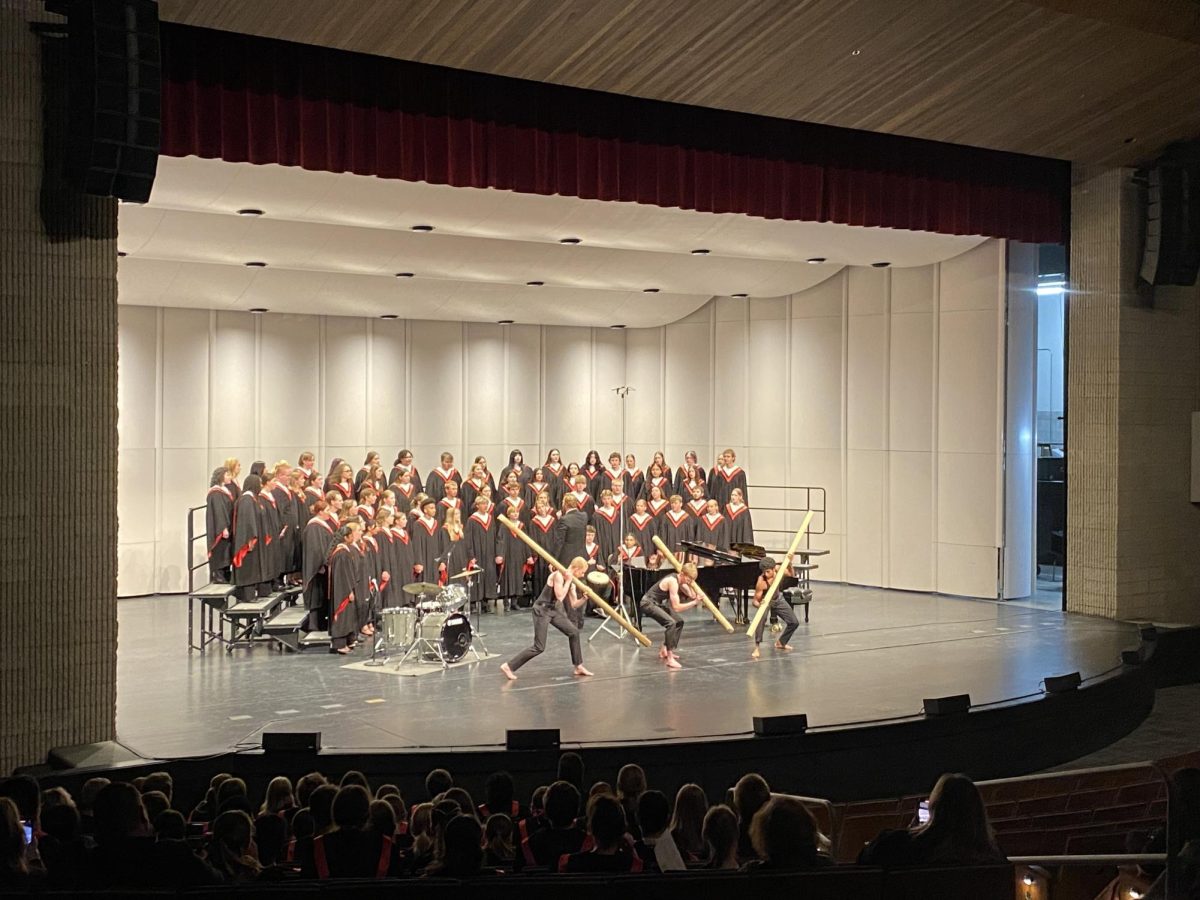
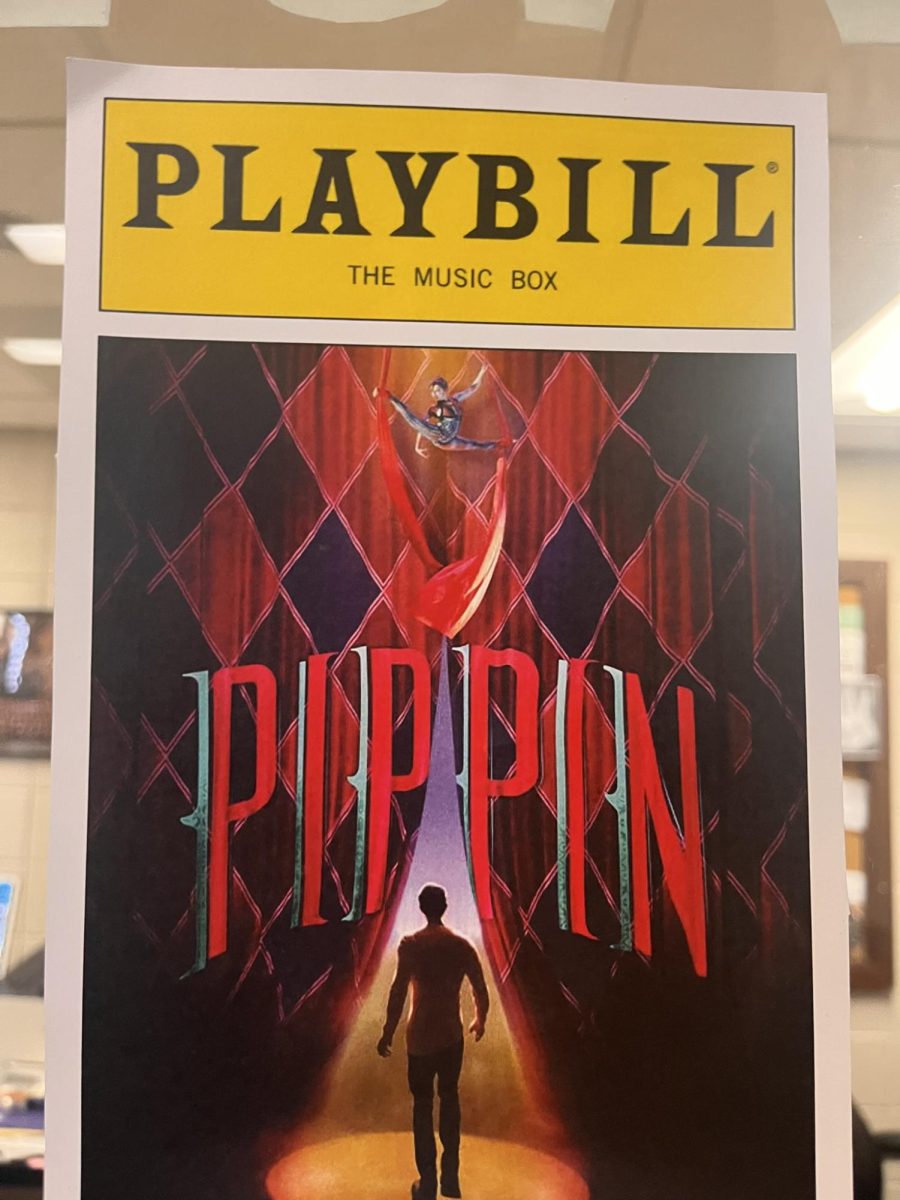
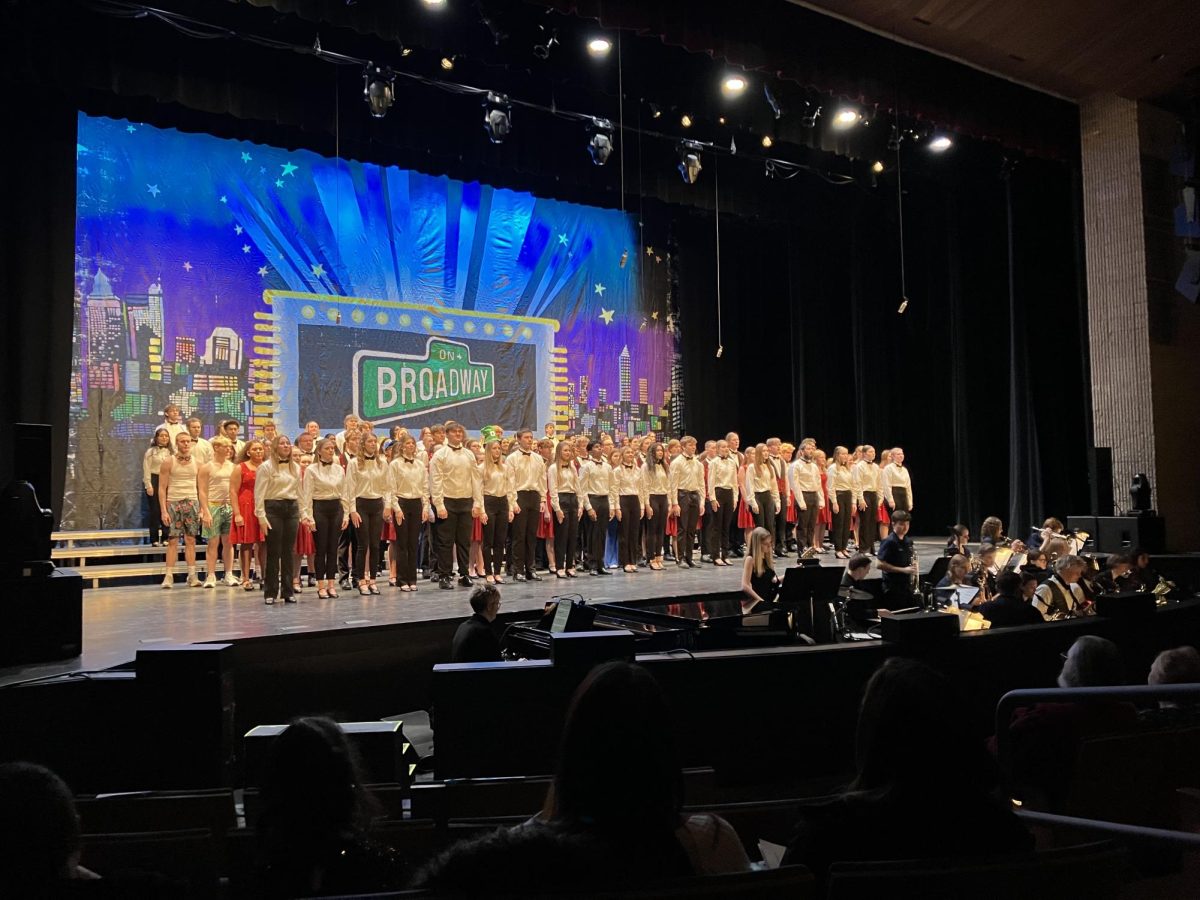
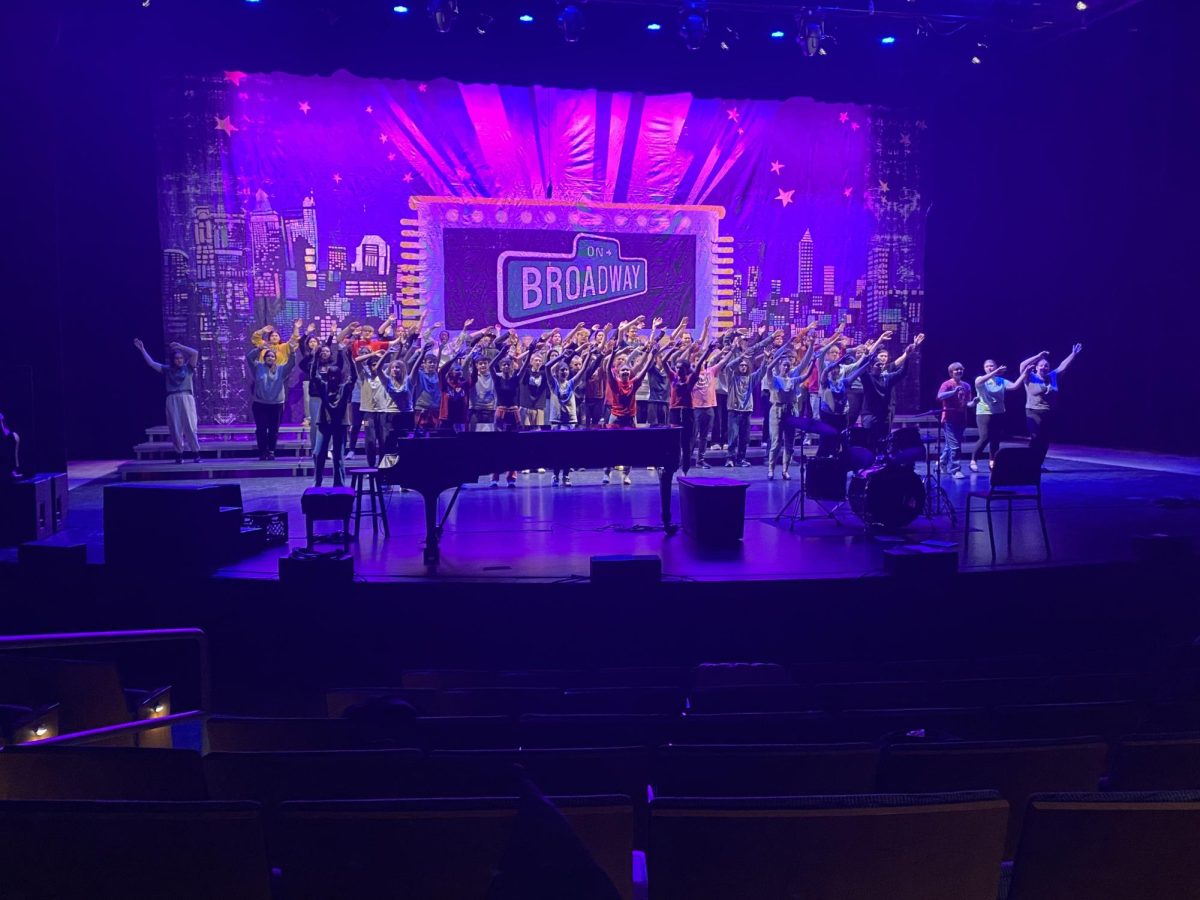
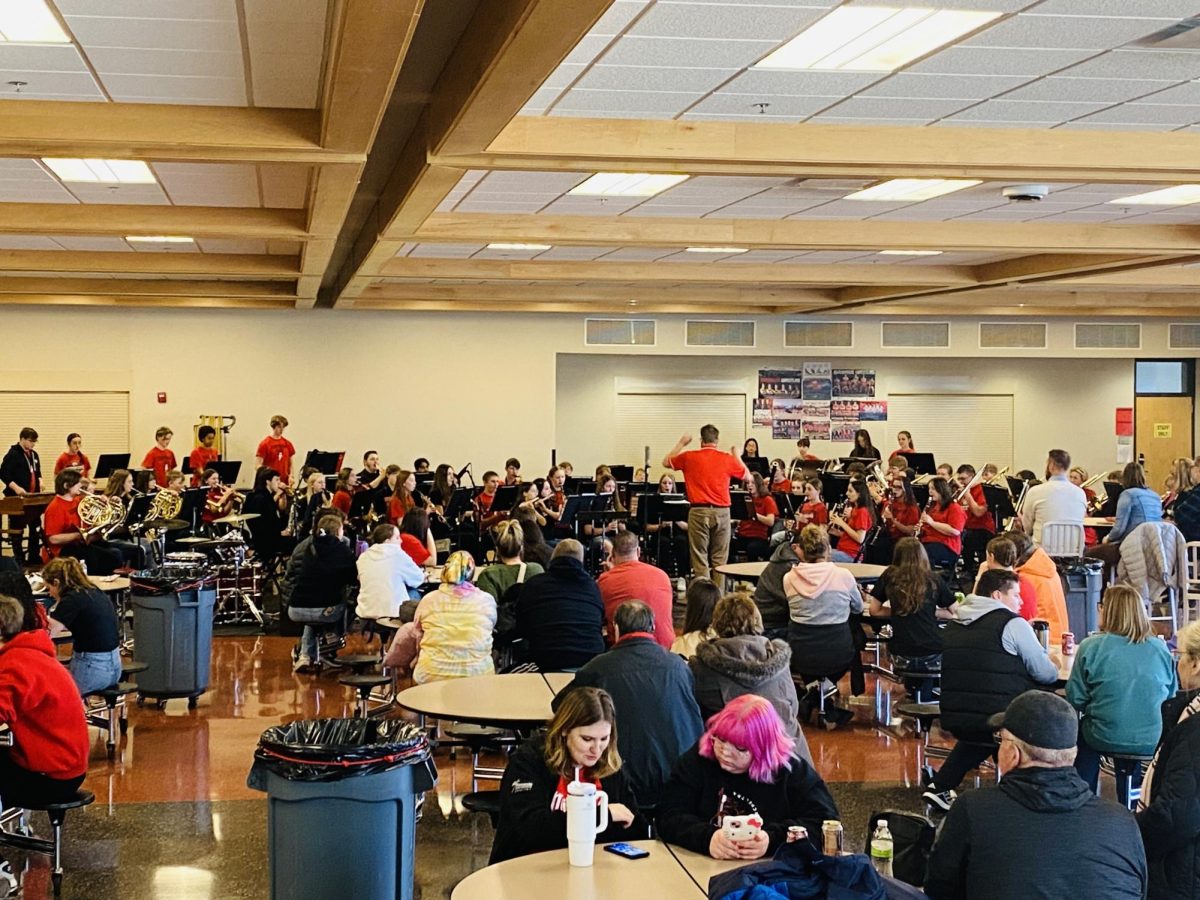
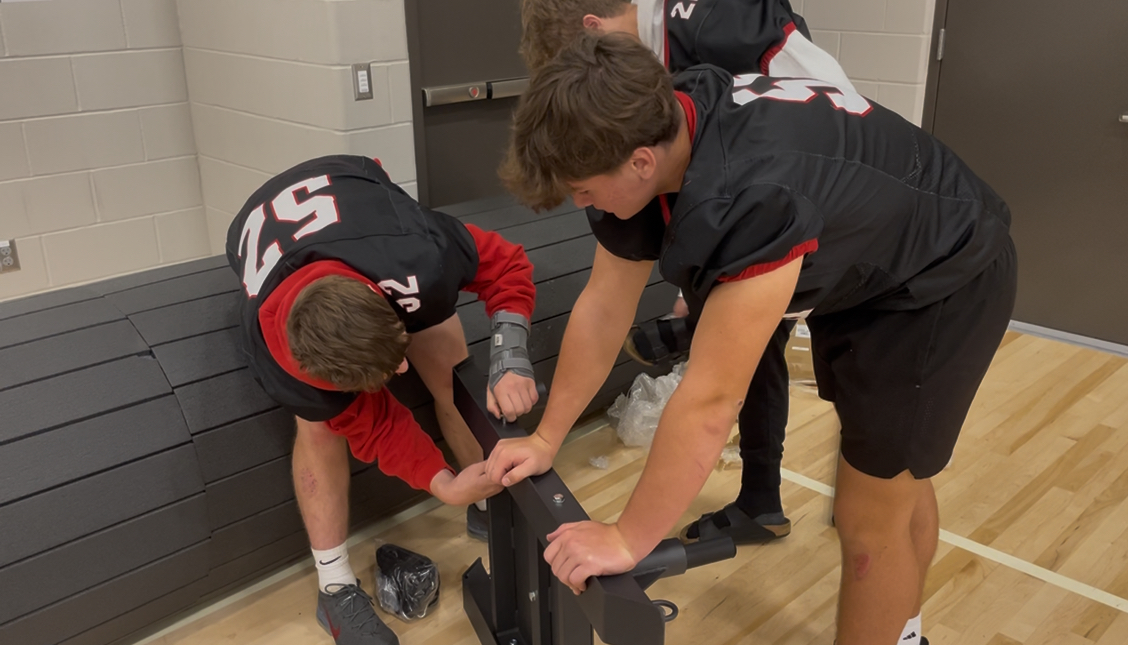
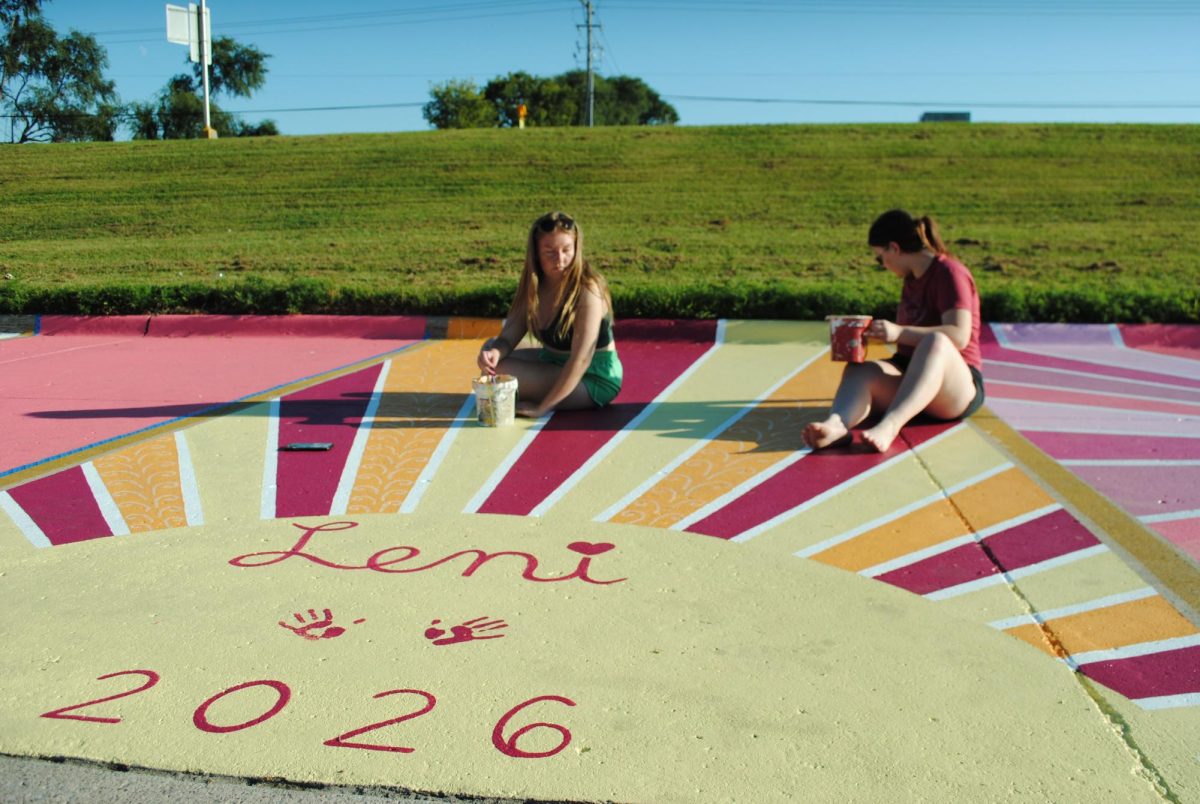
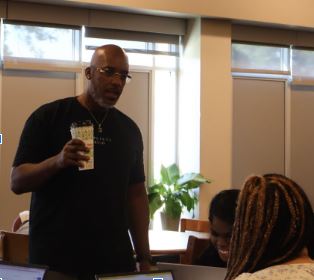
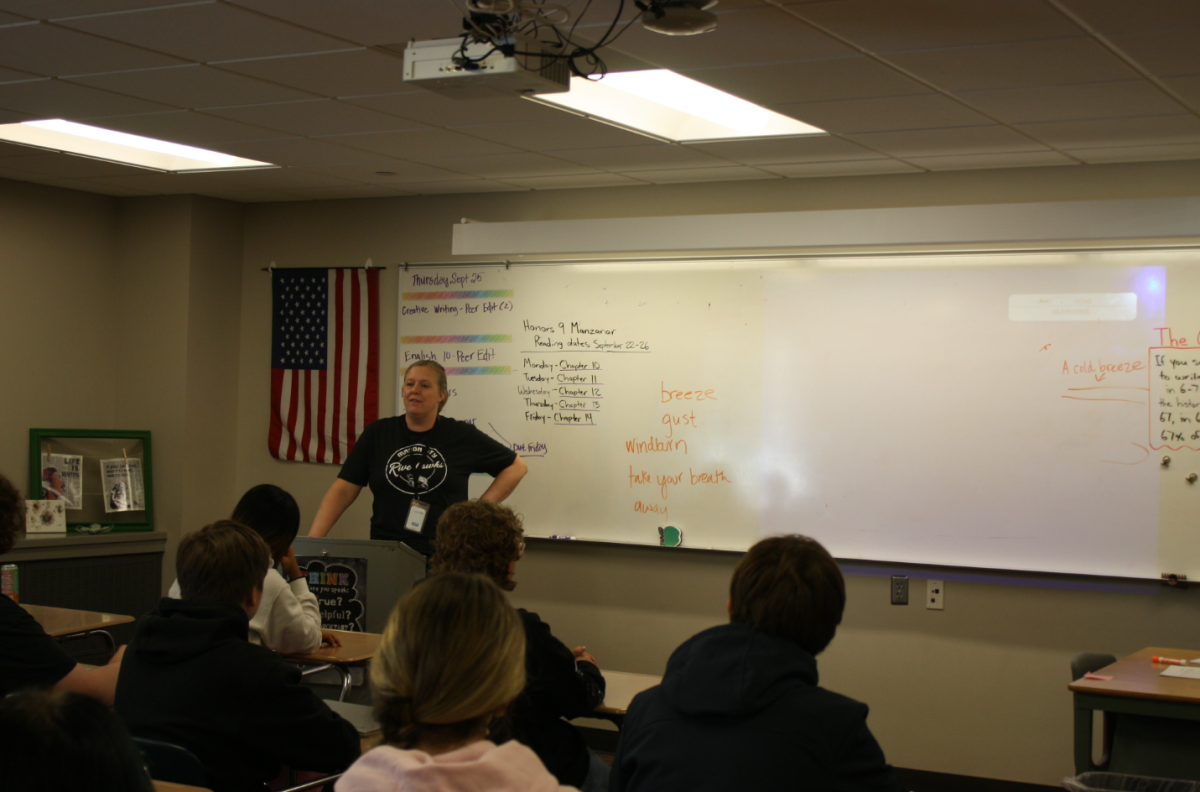


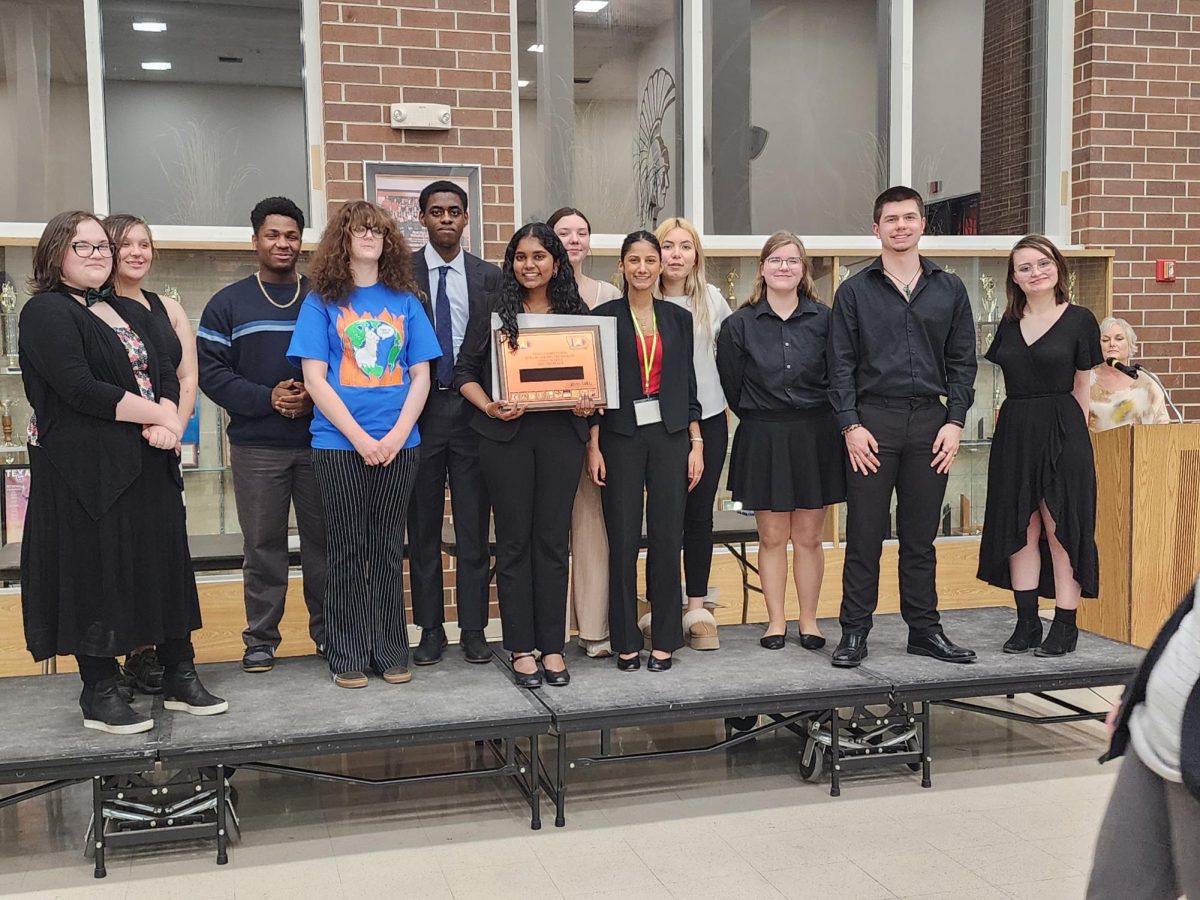
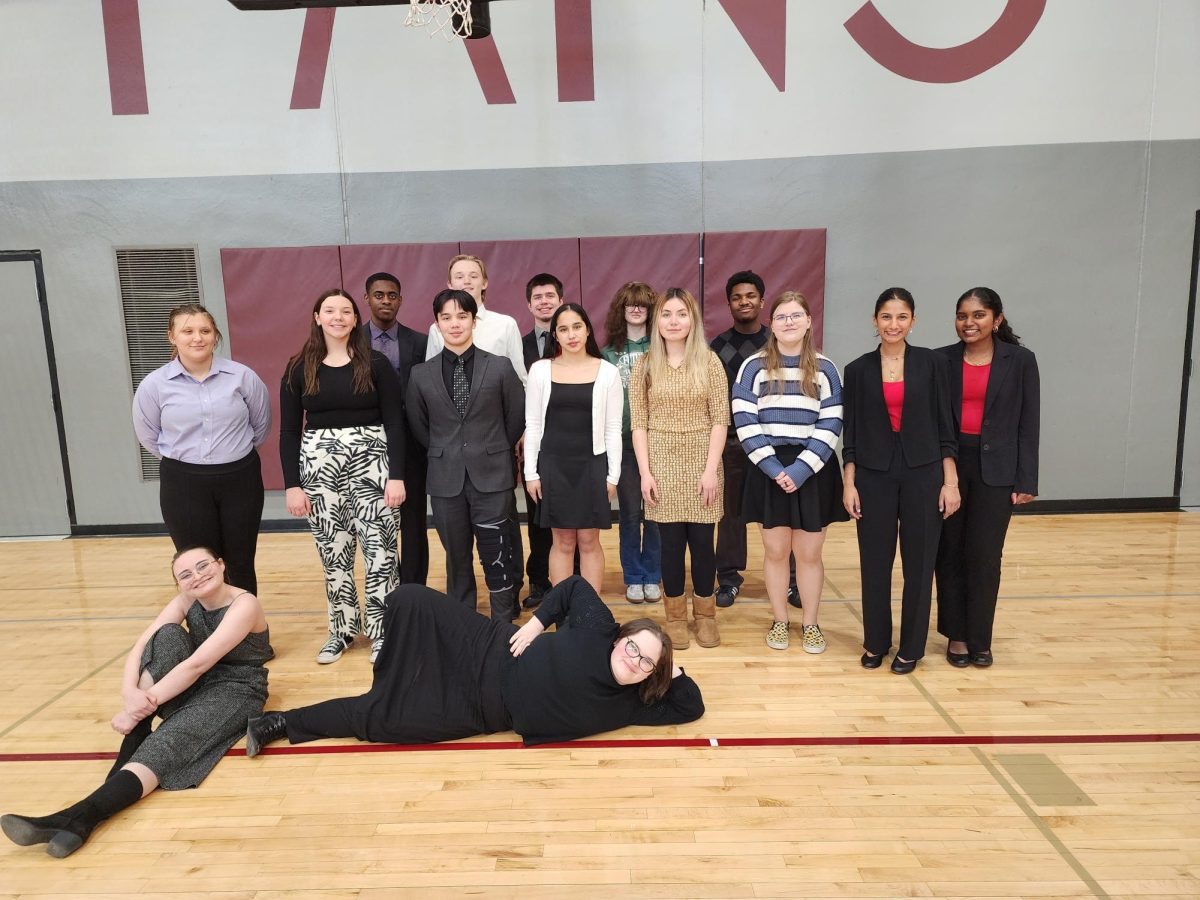

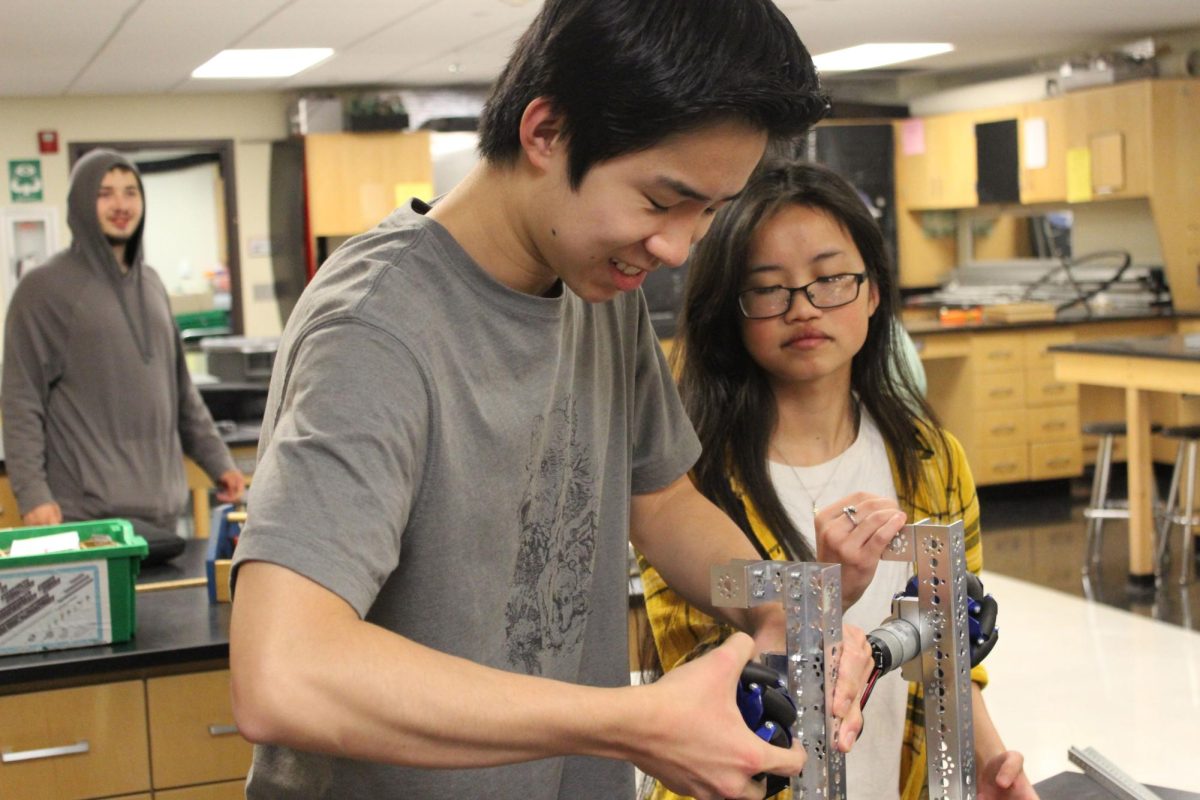
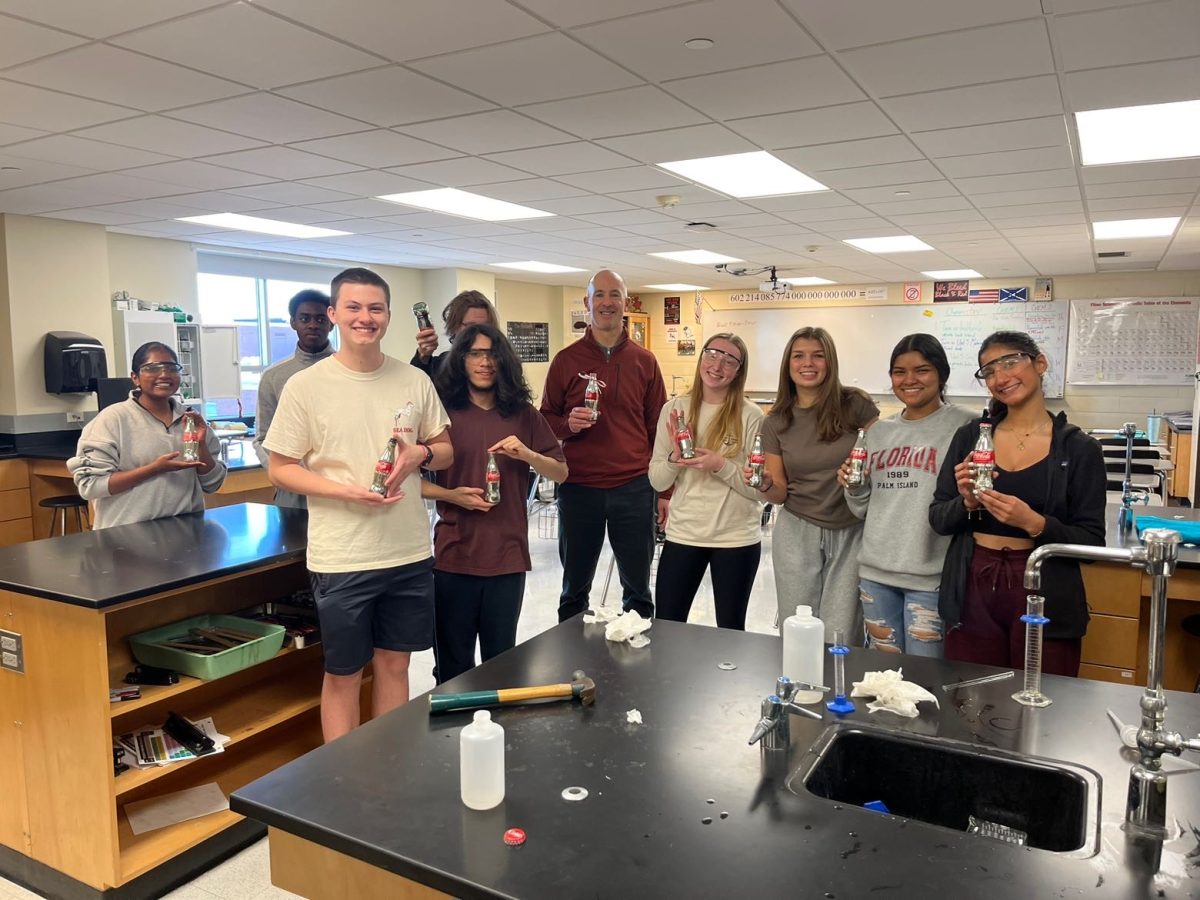
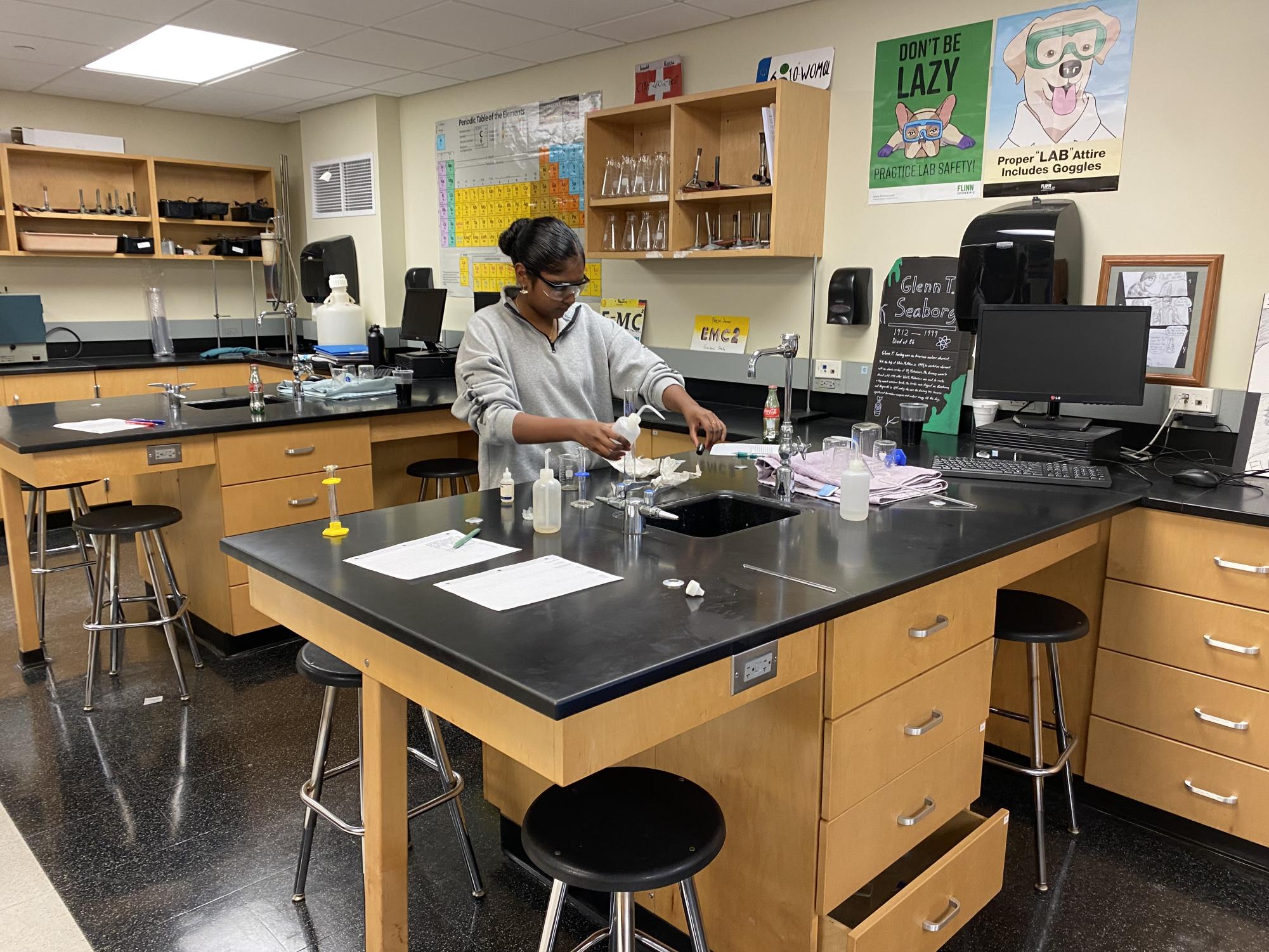
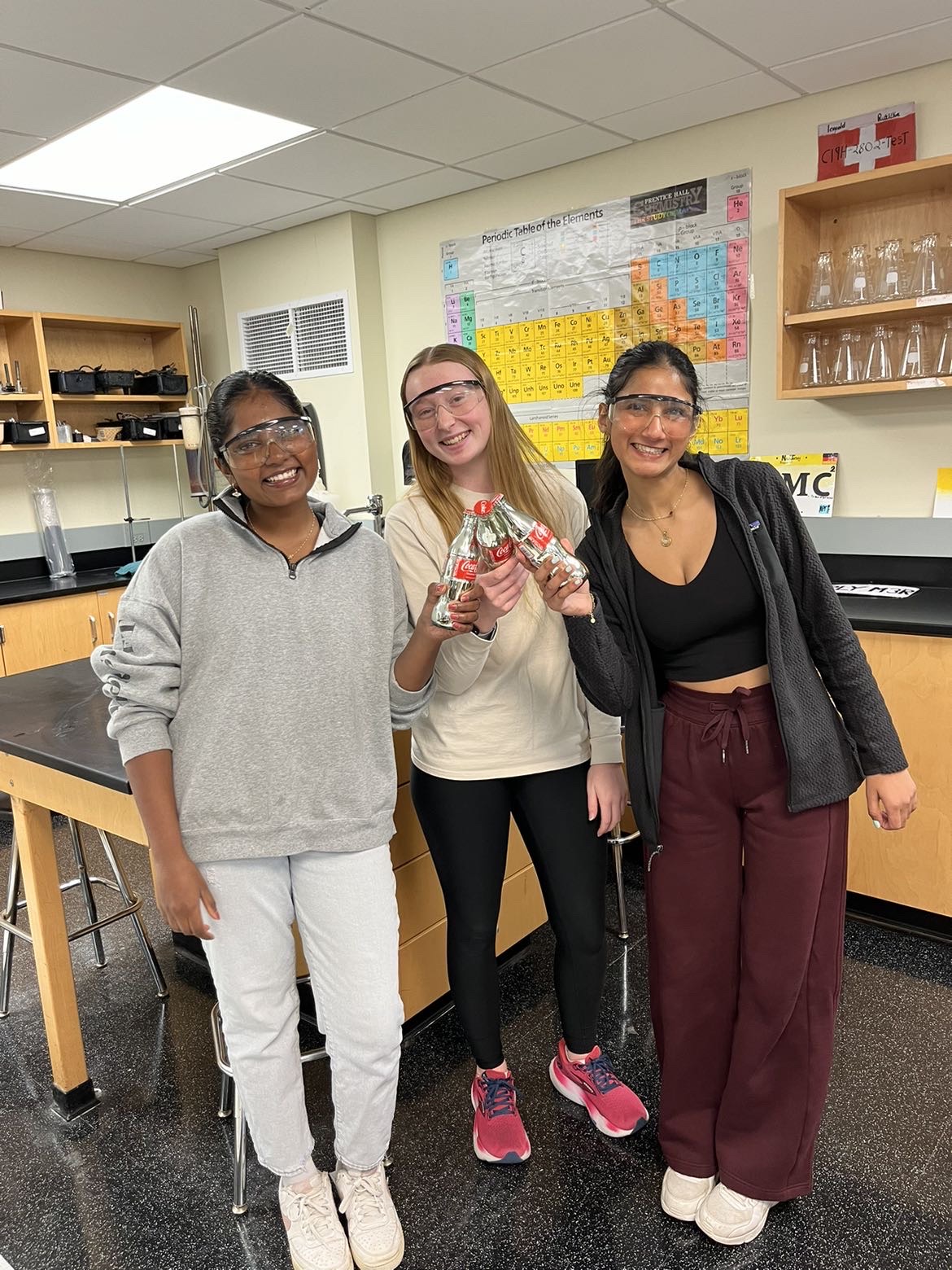
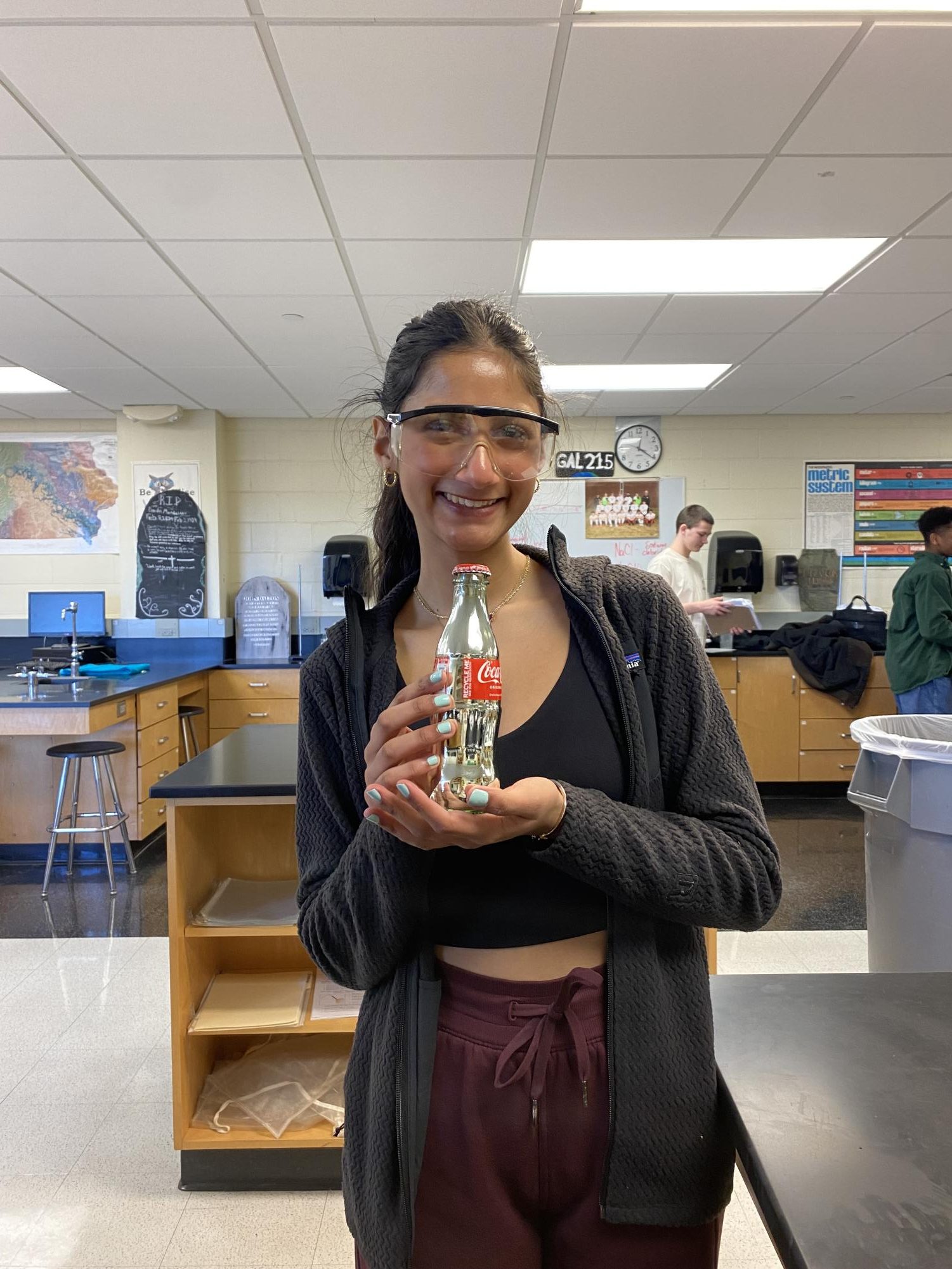
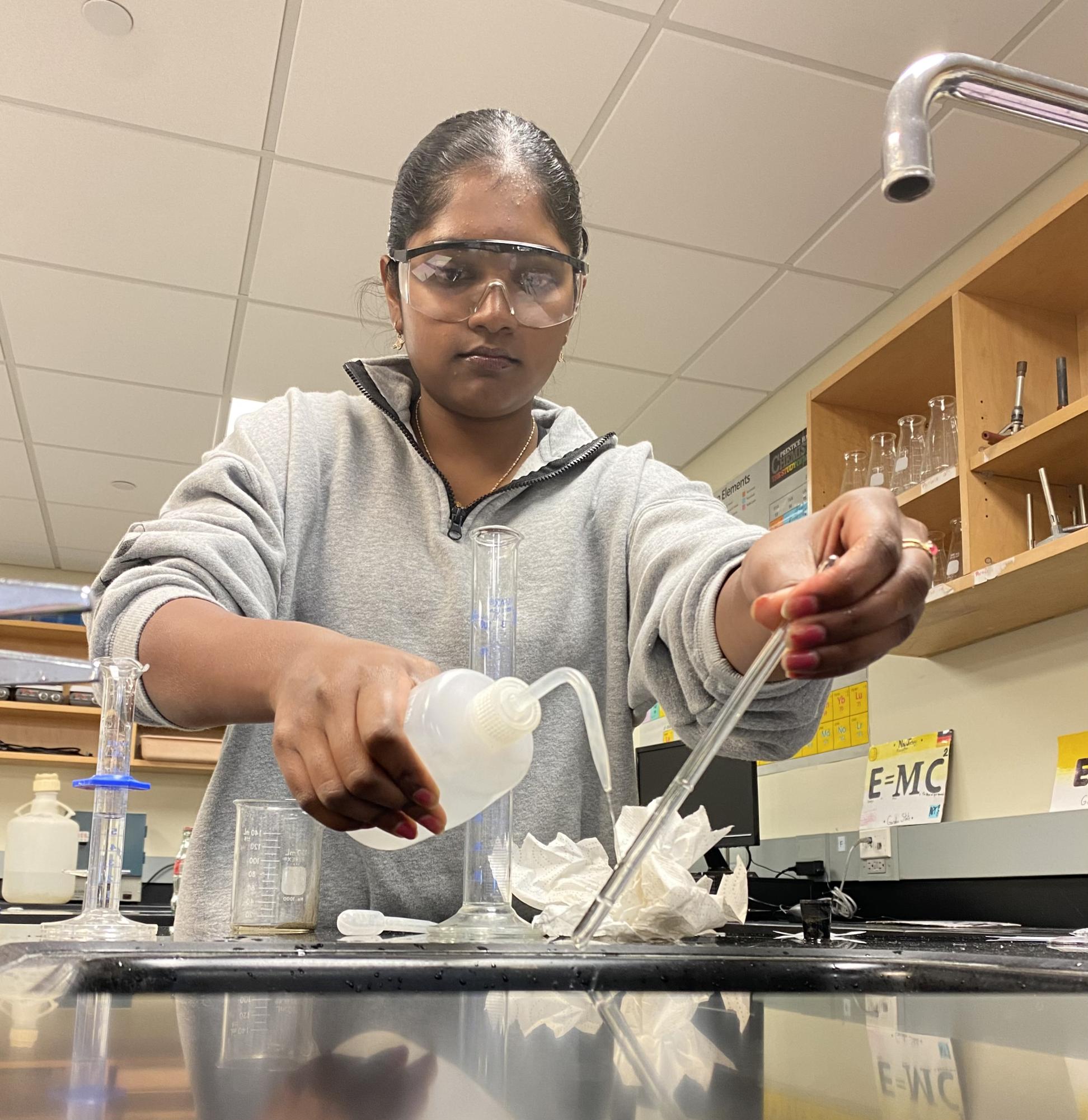
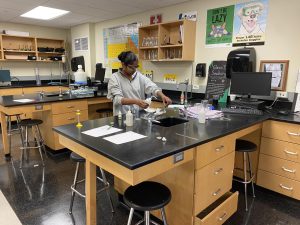
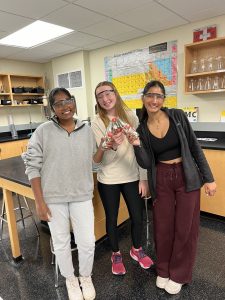
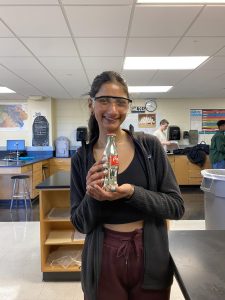
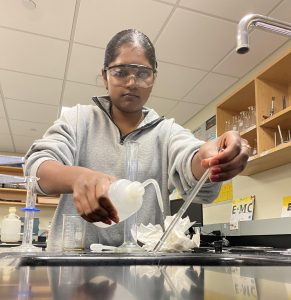
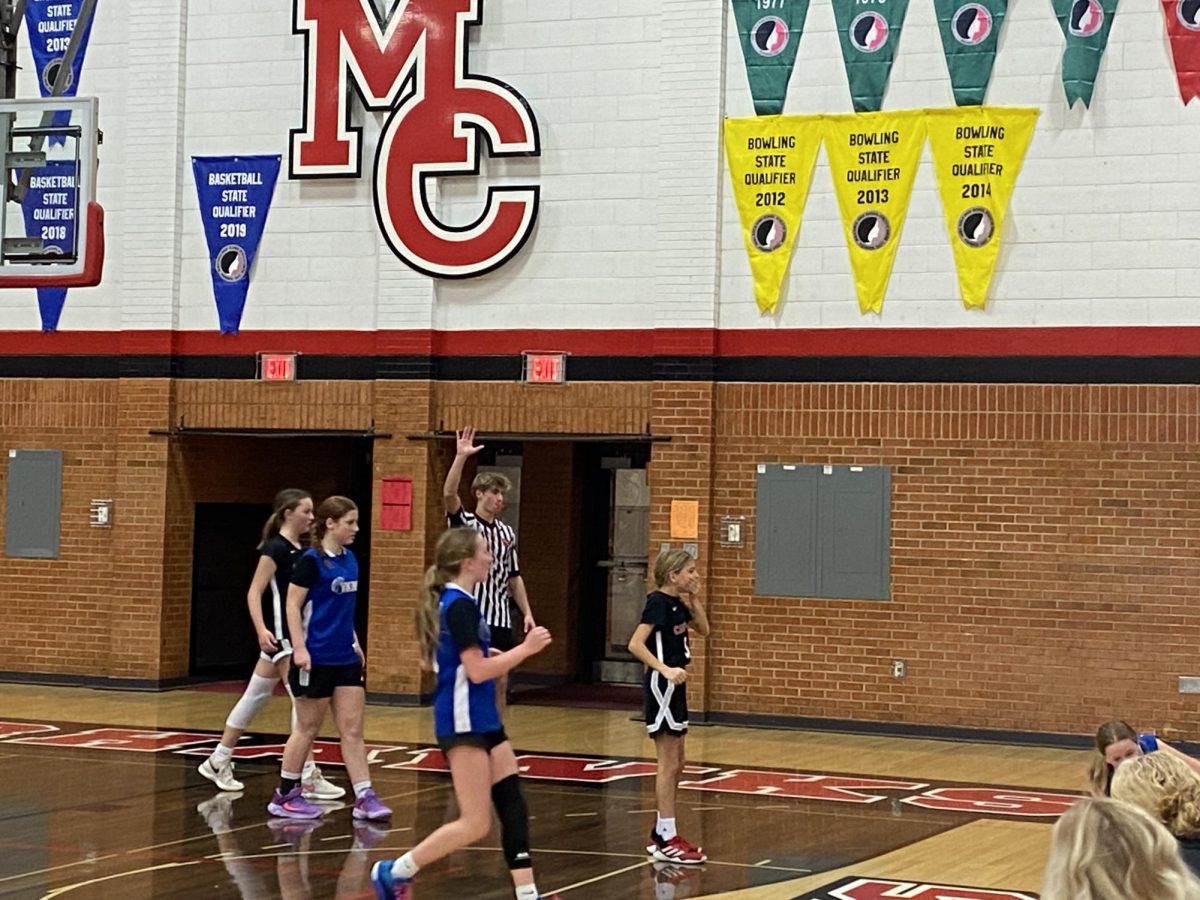
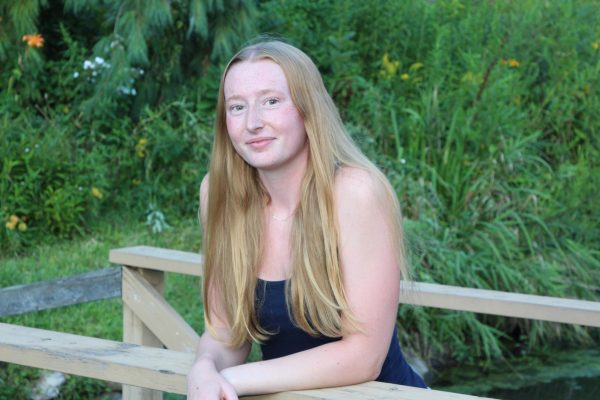
sofia_ahari • Feb 4, 2025 at 10:38 am
this is boss